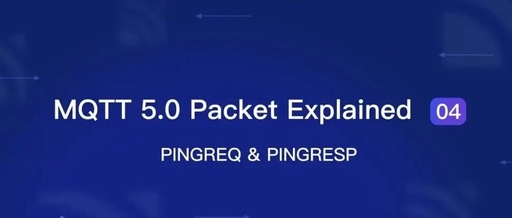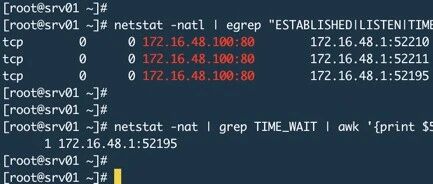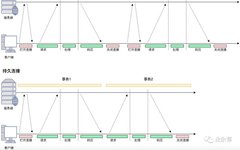Detailed Explanation of MQTT Packets【04】: PINGREQ & PINGRESP Heartbeat Messages
In previous articles, we introduced the following topics in MQTT 5.0:Detailed Explanation of MQTT Packets【01】: CONNECT & CONNACKDetailed Explanation of MQTT Packets【02】: PUBLISH & PUBACKDetailed Explanation of MQTT Packets【03】: SUBSCRIBE & UNSUBSCRIBENow, we will introduce the control packets used to maintain the connection: PINGREQ and PINGRESP. In addition to the control packets for connecting, publishing, … Read more





